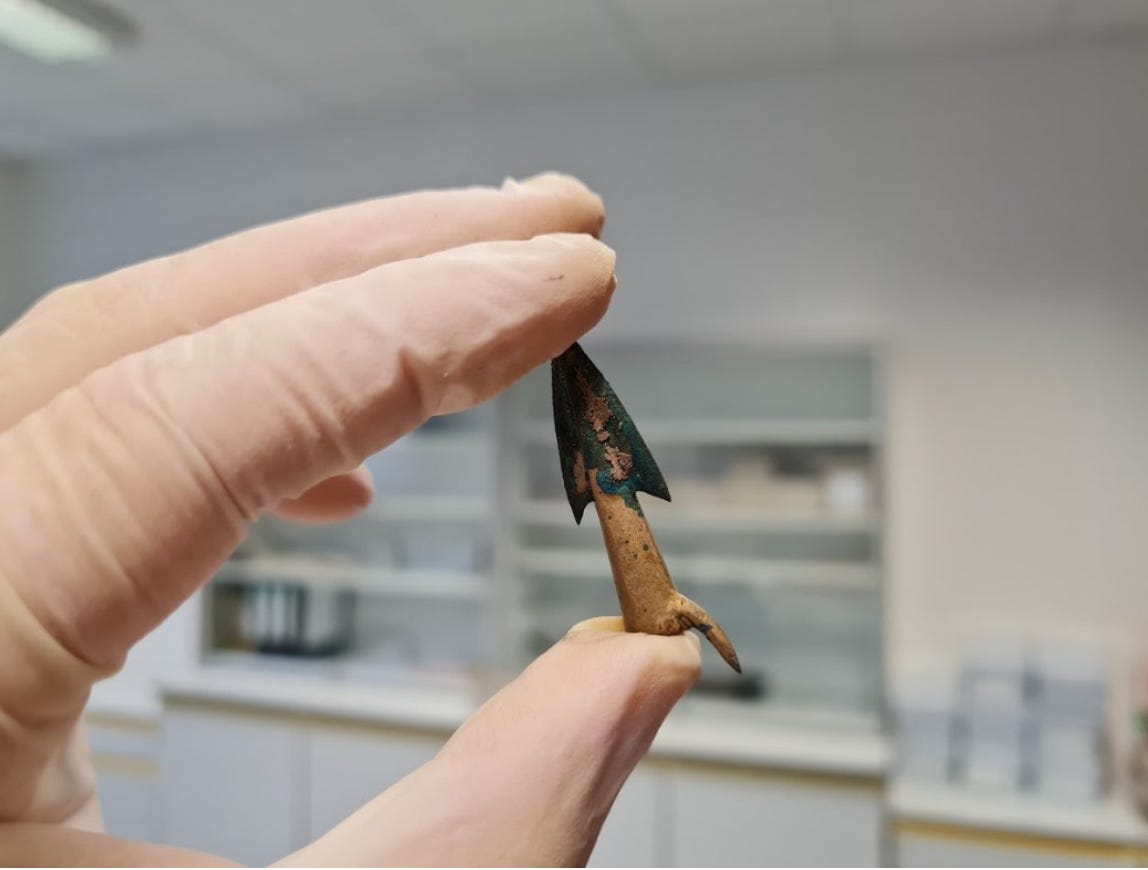Unruly History in the News #75
Off-roaders are ruining Chile, a tree has been resurrected, and childless cat ladies are back, baby
Hey everyone,
Welcome to another history news roundup! This week’s was especially fun to write—there are some real gems in here.
Did you see this week’s podcast episode? Lillian Frances Smith was a fixture of the US vaudeville circuit and a really intereting lady to boot.
There’s still time to get an annual subscription to Unruly Figures for 20% off! With your paying subscription you’ll get access to bonus episodes, merch discounts, and occasional behind the scenes updates. Offer ends tomorrow!
Okay without further ado, history acting wild in the news this week…
The invention of Gringolandia in the 1970s has both celebrated and obscured the history and reality of the Yucátan.
Childless cat ladies are the center of a lot of political conversation in the US right now. Interestingly, this isn’t the first time that cats, ladies, and cat ladies have been a center of political discussion.

The Girls All Vote in This Town. May the Best Man Win. Courtesy of Votes and Petticoats: Postcards, The Sheridan Libraries, Johns Hopkins University. Well this sucks: Off-road drivers in Chile are ruining the famous geoglyphs carved into the Atacama Desert floor.
The two protestors who threw tomato soup on a Van Gogh painting have been sentenced to jail time. Phoebe Plummer was sentenced to two years and three months in prison and Anna Holland to twenty months.
Vercingetorix once tried to resist the Roman invasion of Gaul. His moves failed, but someone who normally would have been consigned to the dustbin of history was instead glorified by Napoleon nearly 2000 years later.
In plant history news…
Here are two things I never would have put together: How the popularity of lemons in the late-19th century helped enrich the Mafia.
Speaking of food that enriched people, the humble clove—modern staple of fall and winter desserts—once was so popular and necessary that it enriched empires.
A tree mentioned in the Bible and long thought extinct has been resurrected. A mysterious 1,000-year-old seed was found in a cave outside Jerusalem in the 1980s. For the last 14 years, scientists have painstakingly brought the tree back to life.

From left to right, photos of the tree now called Sheba at different stages of growth: seed, seedling, baby plant (these are not the scientific terms). Source: Nature.
In the 17th century, papal enclaves (when a new Pope is chosen) were basically the wild west, complete with meddling kings and betting pools.
The world’s oldest cheese was buried in a tomb in China 3,600 years ago. Now its DNA has been sequenced and we know it was a type of kefir.
Developed in the 19th century, stereoscopes were the easiest (and most immersive) way for Victorians to see another world.
Speaking of the 19th century, The Sorrows of Young Werther once created a moral panic across Europe.
In repatriation news…
These artefacts were technically repatriated to Yemen after being held in a private collection. However, to protect them from the civil war, they’re being held in The Met’s collection until further notice.
The Netherlands just returned hundreds of looted artefacts to Indonesia, including some “centuries-old stone Buddhist statues, a bejeweled serpentine armband.”
I’m pretty sure that legally you can’t talk about repatriation in the UK without talking about the Parthenon marbles. And now that a new Minister of Culture has been appointed in the UK, “repatriation” is in everyone’s mouths.
Is this the opposite of repatriation? A museum director’s heirs would like their grandfather’s Rembrandts back, citing that “the Mauritshuis has not complied with a condition of the bequest, which stipulates that all of the artworks must always be on permanent display.”
The highest peak in the Great Smoky Mountains will now be known by its Cherokee name, rather than by the name of a Confederate general.
DNA has identified the leader of the lost Franklin Expedition. Now we know his bones show sign of cannibalism.
Do you know Harriet Martineau? We all should: She foresaw ecology, environmentalism, and realist fiction.
In archaeological news…
Okay, this is very cute: Student archaeologists working in Eu have discovered a message in a bottle—from a famous archaeologist who worked in Eu 200 years ago! His message does not contain words of wisdom (or of an ancient curse) but it does help date previous excavations at the site.
I feel like we get cool discoveries out of Turkey every week. This week, 2,700-year-old shields and helmet were found in Ayanis Castle.
Also in Turkey, more than fifty royal seals dating back 3,800 years have been discovered in an ancient Hittite city.
A mystery of a Jamestown black marble tombstone has been solved by archaeologists. The answer to how it ended up in Virginia sheds light on worldwide trade routes.
Archaeologists have also uncovered a previously lost church in a Medieval monastery in Bulgaria. The church dates back to the mid-14th century and is an incredible find.
A remarkable painted throne room has just been found in this ancient Peruvian site. It contains evidence of a previously known female ruler.
Arrowheads reveal Europe’s oldest known battlefield! Around 1250 BCE, organized armies faced off in Tollense Valley. At least 2,000 warriors were involved and 150 bodies remain at the site in Germany.

An arrowhead found at Tollense Valley dating to around 1250 BCE. The find indicates that warfare was more organized earlier than we imagined. Image source: Leif Inselmann. Several jade artefacts, including the largest jade sculpture ever uncovered, were recently found in Chifen, in the Inner Mongolia Autonomous Region.
A rare and elusive bird, once thought completely extinct, has been spotted again! It’s still endangered but now there’s hope.
How racist policies destroyed public housing and basically invented the suburbs in America.





